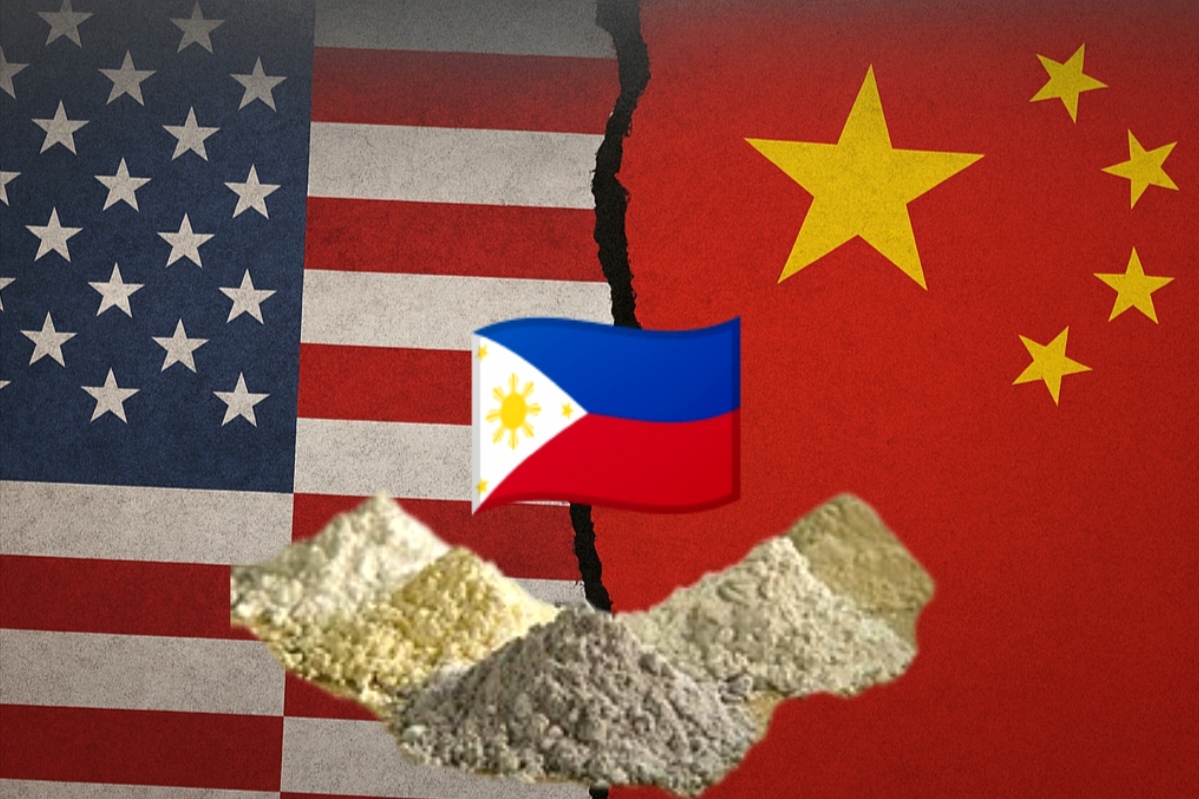Philippines emerges as new battleground in U.S.–China rare earth struggle
The Philippines — long a supplier of raw mineral-rich soil — is finding itself in the crosshairs of a brewing U.S.-China struggle over the rare earths that power modern technology and weapons systems.
The shift came into focus on July 10 in Kuala Lumpur, when U.S. Secretary of State Marco Rubio met his Philippine counterpart in a meeting that drew little public attention. In a State Department readout, Rubio stressed the “need to diversify critical mineral supply chains” and pointed to the Philippines’ “wealth in critical minerals” as a possible alternative to China’s dominance.
That dominance is under fresh strain. Since April, Beijing has tightened export licensing for rare earths and magnets, deepening curbs on a sector it has long controlled from mine to refinery. Reuters reported last month that the measures have driven a roughly 75% plunge in Chinese rare earth magnet exports, forcing production halts at auto plants across Asia, Europe, and the United States. Fabrication pipelines are only beginning to adjust.
The stakes are high. At a U.S. congressional hearing titled Breaking China’s Chokehold on Critical Mineral Supply Chain, California Republican Representative Young Kim warned that China “controls 92% of global rare earth element processing,” and that “price manipulation and export restrictions” threaten U.S. and allied security.
Rare earths are vital for everything from consumer electronics to fighter jets. When Beijing imposed controls in retaliation for U.S. tariffs earlier this year, Washington returned to negotiations. China, which holds half the world’s reserves and most refining capacity, had long cultivated this leverage. From 2020 to 2023, 70% of U.S. rare earth imports came from China, according to the U.S. Geological Survey.
“Today, China controls over 65% of global lithium refining, 70% of battery-grade nickel and cobalt, 90% of graphite and rare earths, over 60% of germanium, and 95% of gallium,” U.S. Senator Joe Manchin said during a Senate Energy and Natural Resources Committee hearing in March.
Geological studies suggest the Philippines could help fill supply gaps. Scandium-rich nickel laterites lie in Zambales, Surigao del Sur, and Palawan; Samar’s bauxite and El Nido’s ion-adsorption clays contain heavy rare earths; black sands along coastal areas show light rare earth potential. But with no processing plants, Manila exports ores — often to China — for refining.
Washington is pressing ahead. Reporting last month said the White House is adopting a “pandemic-era” model, guaranteeing minimum prices for critical minerals producers to spur domestic rare earth supply chains. Tech giants Apple, Microsoft, and Corning attended a July 24 meeting led by Trump’s trade counselor Peter Navarro and National Security Council director David Copley.
China’s moves are less transparent. Weeks ago, it quietly issued its first 2025 rare earth mining and smelting quotas, without public notice or private-sector participation. Beijing insists its curbs are lawful and tied to national security and sustainability.
“The controls are non-discriminatory and not targeted at any specific country,” Foreign Ministry spokesperson Lin Jian said. Zhou Mi, senior research fellow at the Chinese Academy of International Trade and Economic Cooperation, added: “We are not banning rare-earth exports; rather, we are refining the management procedures.”
That leaves Manila balancing two powers. Aligning with U.S. supply-chain plans could draw investment and move the country up the high-tech value chain, but might provoke its top trading partner. President Ferdinand Marcos Jr. has named “critical minerals” a development priority in his latest State of the Nation Address, though he has avoided publicly tying that to any U.S. deal.
Signals suggest the contest is already underway, with the Philippines now weighing whether to become a sovereign processor of the metals that shape the future — or remain a bystander in a geopolitical tug-of-war.



0 Comment